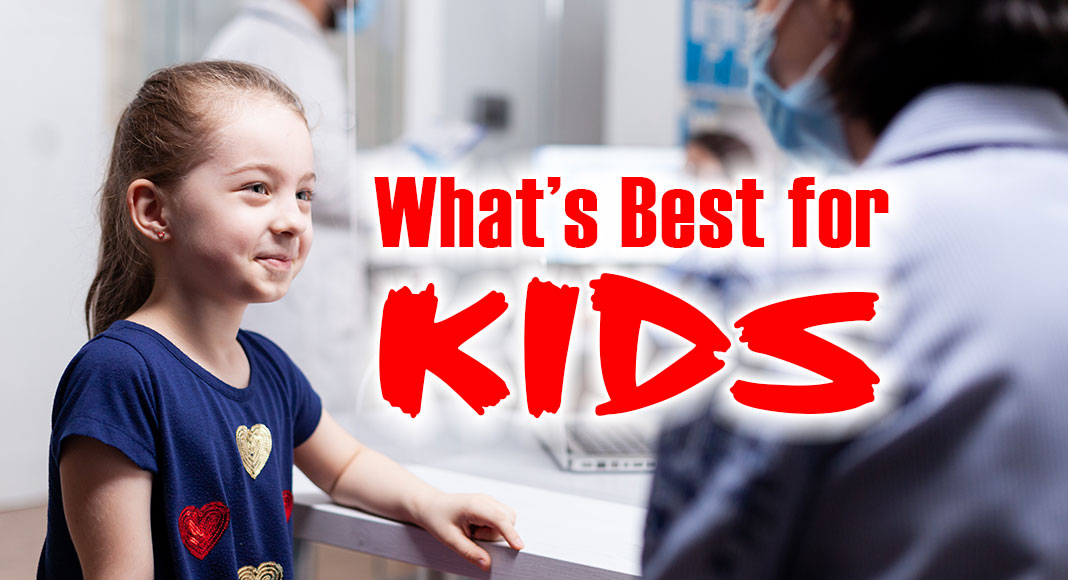
Mega Doctor News
By Children’s Hospital Los Angeles
Newswise — In the United States alone, 500 children will need a liver transplant this year. While liver tissue can come from living or deceased donors, no studies have demonstrated which of these methods leads to better outcomes for children. In a new publication, researchers at Children’s Hospital Los Angeles pooled published results from over 8,000 pediatric patients across four continents. The data reveals that children who receive living donor liver tissue for transplants are far less likely to experience serious complications like organ rejection.
Thanks to advances in modern medicine and the unique ability of the liver to regenerate, healthy individuals can donate a portion of their liver to a patient in need. Many countries around the world have moved to exclusively performing living donor liver transplants, while in the United States, only 8% of liver transplants are from living donors.
But some hospitals—like Children’s Hospital Los Angeles—have a growing living donor program. “We perform about 25 to 30 liver transplants a year,” says Rohit Kohli, MBBS, MS, Chief of the Division of Gastroenterology. About a third of these transplants, he says, are from living donors.
“We have published large-scale studies showing the benefits of living donor liver transplantation in adults,” says Juliet Emamaullee, MD, PhD, Research Director in the Division of Abdominal Organ Transplantation. “And we’ve observed the benefits in kids too. But we really wanted to evaluate it systematically, to provide evidence from around the world to back up what we’ve seen.”
The team began by poring through more than 2,500 studies. From this, they distilled relevant studies, compiling data from 8,000 pediatric patients who had received either living or deceased donor livers. Results from a year after the procedure show that children who received living donor liver transplants had nearly twice the survival rate while the risk of organ rejection was reduced by nearly half.
The use of living donor tissue for liver transplants has several benefits, which may contribute to the striking difference in outcomes. Living donation often shortens the wait time for a patient in need because they do not need to wait for an appropriately sized deceased organ donor, which can be particularly difficult for infants and toddlers, who make up over 50% of pediatric liver transplants. But perhaps the biggest advantage is that patients may be healthier at the time of their procedure.
“When a liver becomes available, the basic rule is that it goes to the sickest child,” says Dr. Kohli. “And that makes sense. We don’t want any child dying on the waiting list.” But, unfortunately, this means that children can wait years before receiving a needed transplant. It also means that they may be very ill by the time an organ becomes available. This could affect how well a child does once he or she receives a new liver.
“These results are important and relevant for families,” says Dr. Emamaullee. “Not all children are at a center that offers living donor liver transplant. Now we have the data to suggest that kids really should be offered this option. Families should have the chance to donate to their children rather than having to wait until an organ donor comes along.”
Meaningful studies like these often come from many people working together: clinicians, scientists and even students. “We had undergraduate researchers, medical students, a resident and collaborators at a large Canadian center helping to pool all these data together and analyze them in a meaningful way,” says Dr. Emamaullee.
“As a pediatrician, I want children getting the best chance possible,” says Dr. Kohli. “Studies like these inform our care. They show us how to do the best possible job for our kids.











